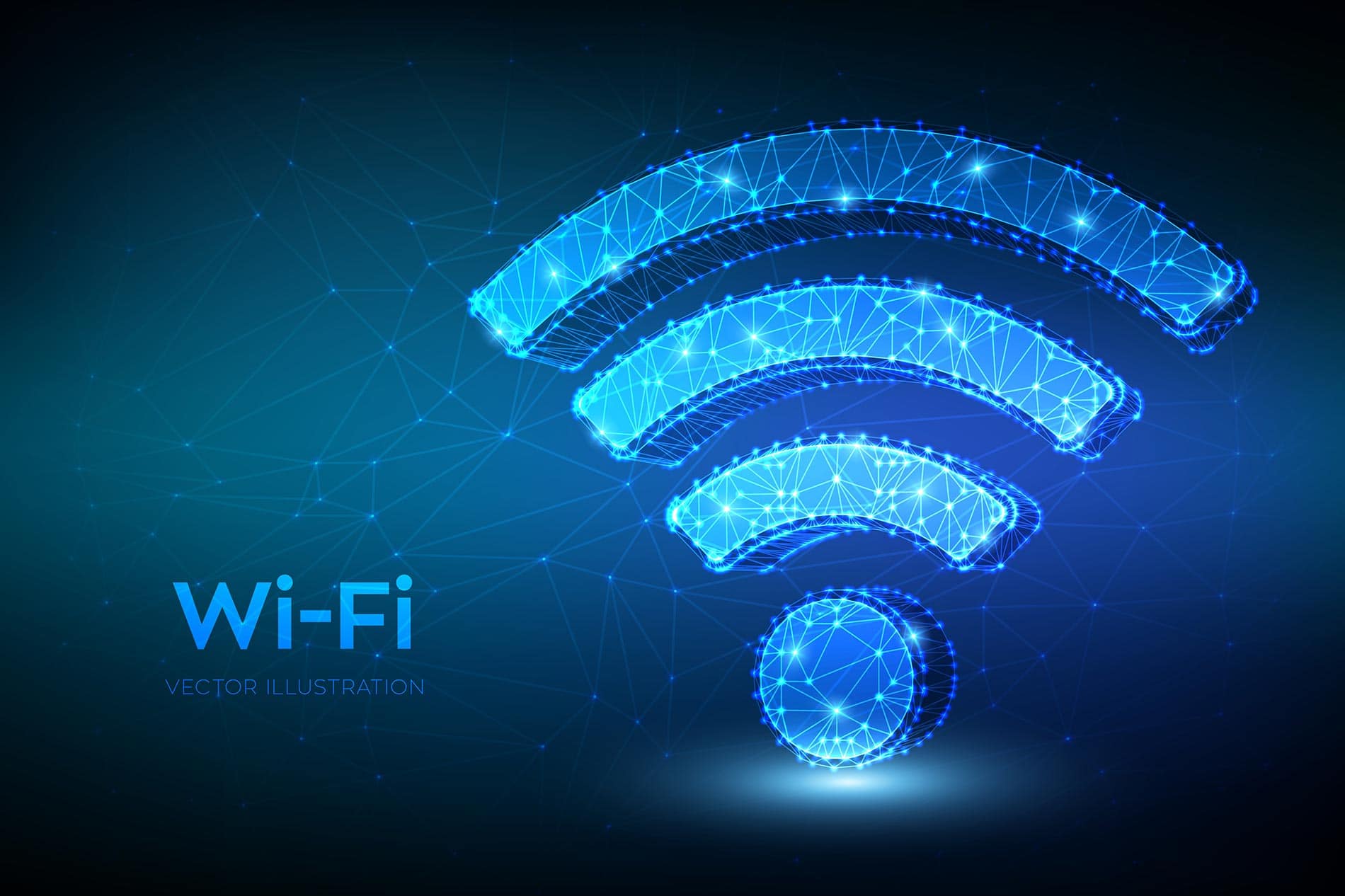Tips for Finding the Best Internet Provider in Your Area
Internet was once considered a luxury. Only a handful of homes actually had internet access, and those who didn’t have it weren’t really missing out on anything. That’s no longer the case, it is? At this point, internet is a necessity. People use it for everything from streaming their favorite television shows to connecting to their smart appliances and devices while they’re on the go. A growing number of people are relying on home internet for online school and working remotely as well. It’s generally classified among the essential utilities these days, right along with water, gas, and electricity.
With that being the case, having reliable internet is crucial. How do you find the right Alaska internet providers to meet your needs, though? If you’re looking for a new provider, whether you’re moving to a new location or simply tired of shoddy service, the following tips can help you find the best one in your area.
Compare Bandwidth
One aspect to think about is bandwidth. That’s how much data an internet connection can deal with. The bandwidth you need depends on several factors, but the main ones are how many connected devices are in your home and what they’re typically used for. If you have a large household and several devices that require an internet connection, you’ll need more bandwidth. For only one or two people and minimal internet use, you won’t need nearly as much. Online gaming requires more bandwidth than standard web browsing and social media visits. Keep in mind that if you have a smart home, all the IoT devices you’re using will eat up part of your bandwidth.
Consider Speed
Speed is also important, and the same variables that affect your bandwidth requirements will also factor into the speed you need. If you don’t have enough bandwidth to support your internet use and the number of connected devices in your home, faster speeds may not make much of a difference. These two factors are highly intertwined.
Type of Internet Connections
Several types of internet connections are available at this point. Standard fixed wireless is a common option in rural areas because it’s often the only one available. It tends to be slower than other options, and interference can be a problem, but it’s certainly better than no internet at all. Another popular choice is 5G. It’s faster than some other types of connections, but it’s not yet available everywhere. It can be susceptible to interference and congestion as well.
Satellite internet is widely available, and it doesn’t need towers to work. On the other hand, it can be slower than other types of connections, and many providers have data caps in place. Satellite internet can be more expensive than some other options as well. There’s also DSL. It’s widely available, and it’s often more affordable than some of the other options. Some people find that it’s not fast enough to meet their needs, but it’s perfectly acceptable for many users.
Cable internet is usually fast, but it can be affected by network congestion. Still, it’s readily available in most urban and suburban areas, and it’s fairly reliable if you find the right provider. Fiber-optic internet is considered one of the fastest and most reliable options, but availability is limited, and it may be more expensive.
Choosing Your Internet Provider
When choosing a new internet provider, keep these factors in mind. Think about which types of connections different providers offer as well as the speeds and bandwidths they can provide. Those aspects will help you choose a provider that’s capable of meeting your needs and expectations.

